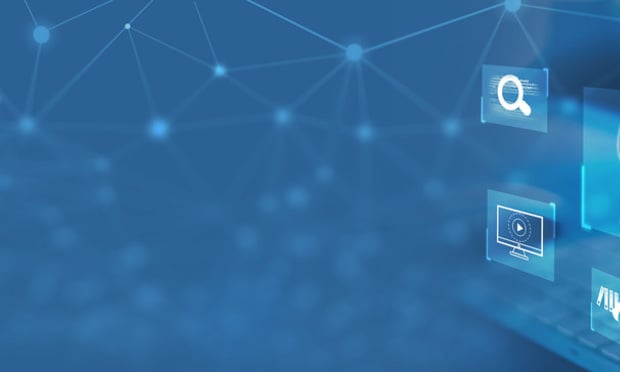Carriers that don't employ sophisticated analytics and underwriting models with unlimited numbers of variables could be extinguished by their competition, a key insurance executive told an industry conference yesterday.
Frank J. Coyne, chairman, president and chief executive officer of Jersey City, N.J-based Insurance Services Office Inc., made his comments in remarks at the ISOTech, technology conference in Kissimmee, Fla., his company reported.
Currently, he said, "sophisticated insurers are using models based on credit information and territory or ZIP code level data, but visionary insurers will soon be using models based on hundreds and even thousands of variables for individual addresses."
Mr. Coyne also said that intensifying competition has spurred breakthroughs in analytics that are transforming dynamics in insurance markets. Mr. Coyne predicted that insurers unable to keep up in the intellectual and technological arms race are in trouble.
"In just a decade-and-a-half, approximately a third of the insurers serving the United States vanished as escalating competition ate into top-line revenue growth and bottom-line profitability. But it isn't just the intensity of competition that's changing," he said.
Mr. Coyne noted that "predictive modeling and other analytical techniques enable leading insurers of all sizes to target their marketing, underwriting and pricing as never before.
"Advances in analytics are also transforming loss settlement," he noted. "Smart insurers are using advanced analytics--such as data mining, pattern-recognition technology, data-visualization tools and scoring--both to detect insurance fraud and to expedite payment of meritorious claims."
He said predictive modeling and other advanced analytics can be applied to Main Street commercial lines business. With the right technology, he said, 'it only takes a junior underwriter seconds to enter a few facts from a policy application and get a score that indicates whether the risk should be underwritten."
However, even the most sophisticated modeling won't yield correct underwriting and pricing decisions if the information on applications is wrong," he noted.
Mr. Coyne warned that a "chasm" is growing between insurers using state-of-the-art analytics and those who aren't--calling them the "haves" and "have nots."
The "have nots," he said, will perish as more sophisticated insurers target the risks apt to prove profitable.
Insurers also face challenges from mega-catastrophes, he noted.
Citing research by AIR Worldwide, Mr. Coyne said that the biggest factor contributing to the upward trend in catastrophe losses is exposure growth associated with increases in the number of homes and businesses, in the size of homes and commercial structures, and in construction costs.
Continuing exposure growth means catastrophe losses should be expected to double approximately every 10 years, he warned.
Research shows that many insurers are at risk of underestimating their potential catastrophe losses because of poor-quality exposure data, said Mr. Coyne.
He urged insurers to develop a long-term mechanism for covering terrorism, "be it public, private or a partnership that brings government and the private sector together."
"Modeling indicates that an attack on New York using weapons of mass destruction could lead to losses on the order of $780 billion, yet the Terrorism Risk Insurance Extension Act and its reinsurance backstop expire at the end of 2007," he said.
ISO's CEO also highlighted other potential threats that may one day cause huge losses--including avian flu, nanotechnology, genetically-modified organisms and personal injury coverage in the Internet age.
"A pandemic could cause huge losses as businesses are shut down and decontaminated, while new nanosubstances are already being used in consumer products such as cosmetics, sunscreens and wound dressings, even though it's too soon to tell whether use of such substances will have long-term health consequences," Mr. Coyne explained.
He also warned that genetically-modified crops are making their way through the food chain, "even though it's too soon to tell whether consuming them will negatively affect people's health or the environment."
Mr. Coyne said the rise of millions of blog sites creates potentially enormous libel coverage exposure for insurers providing personal injury coverage in homeowners.
Want to continue reading?
Become a Free PropertyCasualty360 Digital Reader
Your access to unlimited PropertyCasualty360 content isn’t changing.
Once you are an ALM digital member, you’ll receive:
- Breaking insurance news and analysis, on-site and via our newsletters and custom alerts
- Weekly Insurance Speak podcast featuring exclusive interviews with industry leaders
- Educational webcasts, white papers, and ebooks from industry thought leaders
- Critical converage of the employee benefits and financial advisory markets on our other ALM sites, BenefitsPRO and ThinkAdvisor
Already have an account? Sign In Now
© 2024 ALM Global, LLC, All Rights Reserved. Request academic re-use from www.copyright.com. All other uses, submit a request to [email protected]. For more information visit Asset & Logo Licensing.








